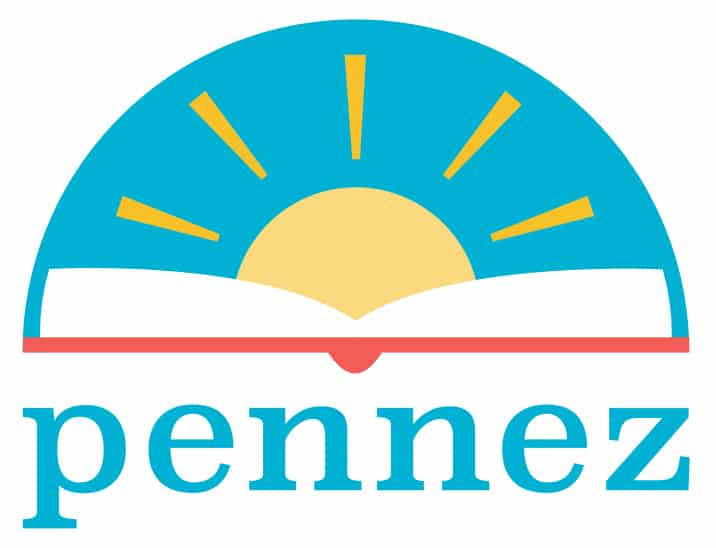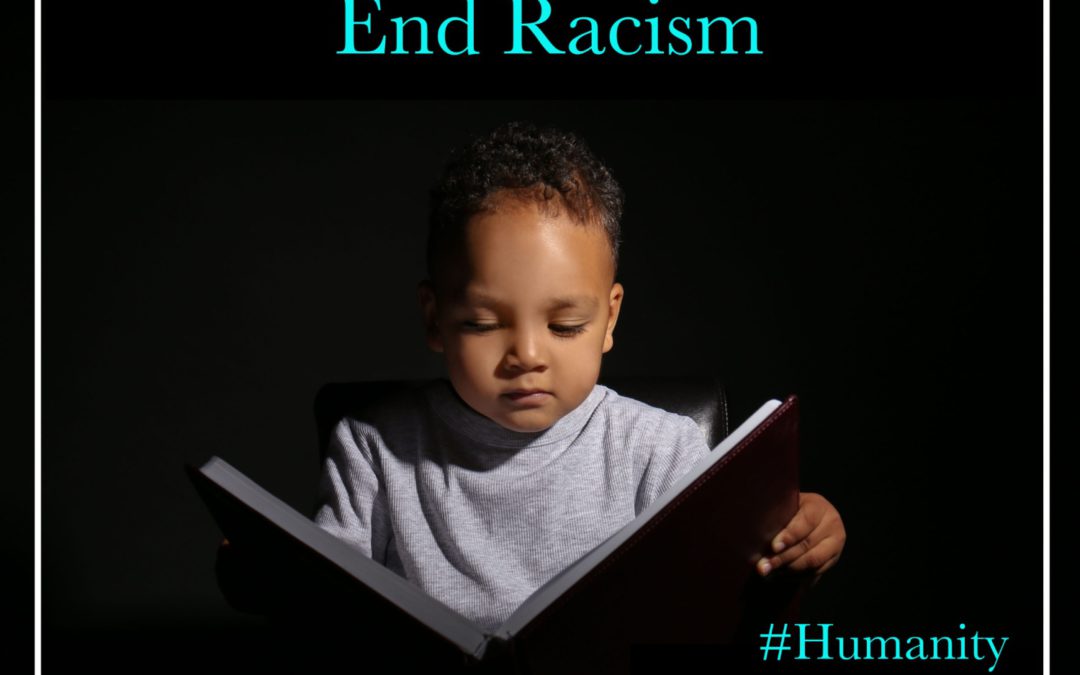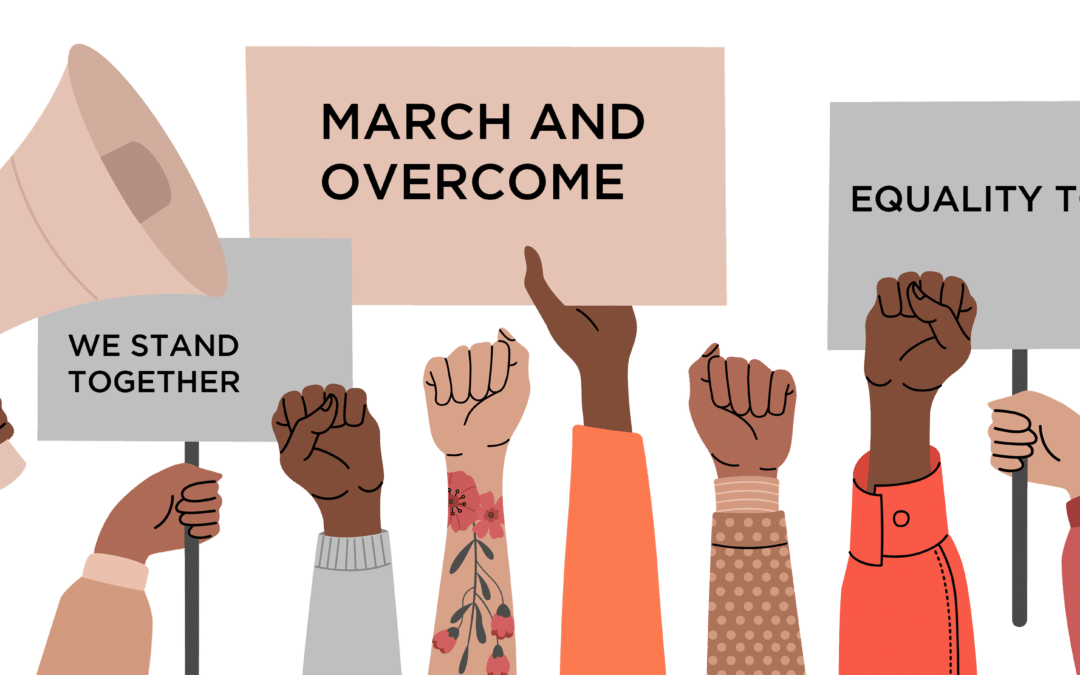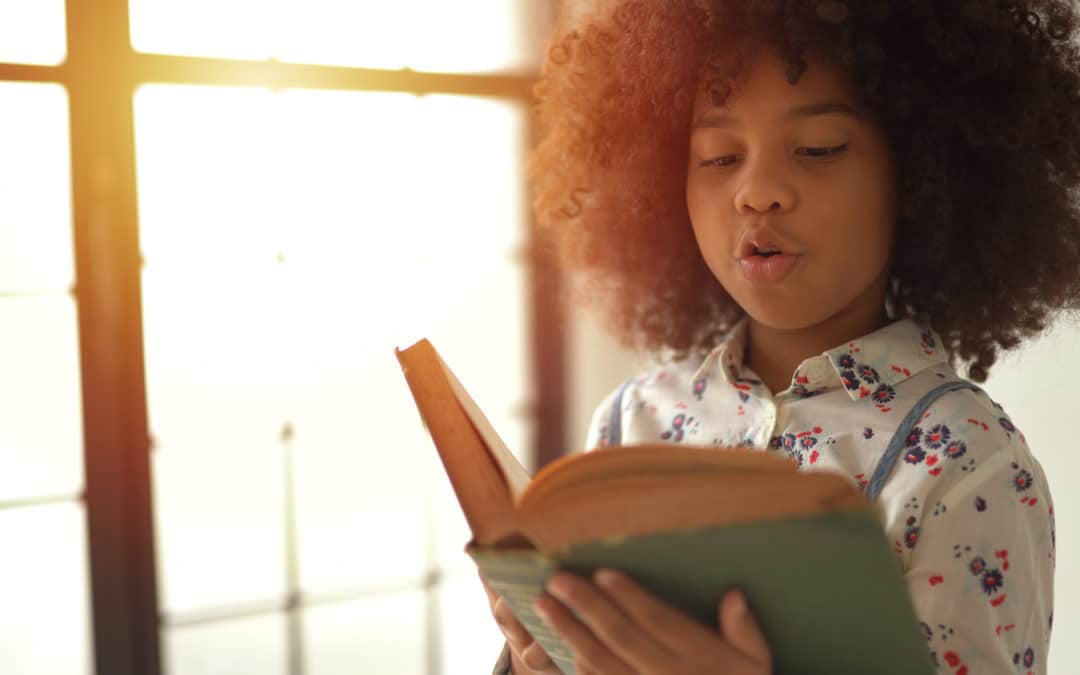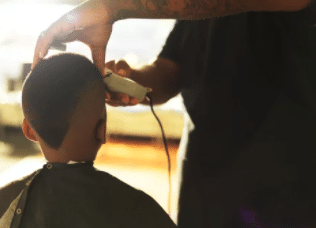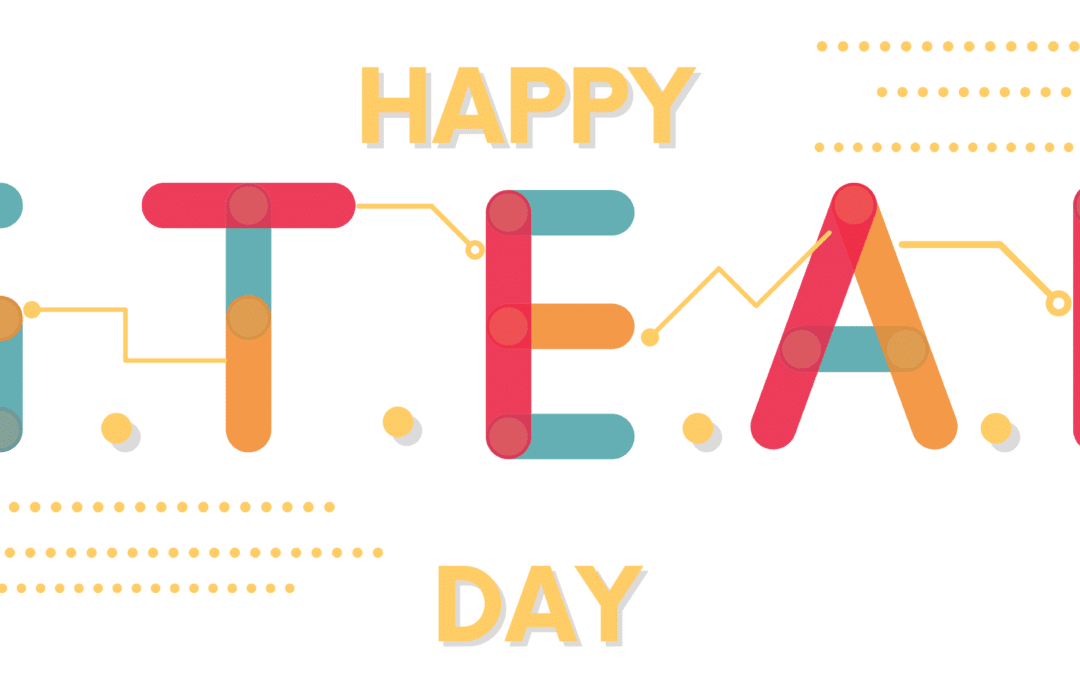
National S.T.E.A.M Day
National STEAM Day was November 8th. We are providing books and STEAM activities that your Pre-K, Elementary, or Middle Grade reader can do for 21+ days.
Enjoy these stories that feature real world activities and diverse scientists in STEAM. STEAM stands for Science, Technology, Engineering, Art, and Math.
Pre-K (Ages 1-3)
100 Easy STEAM Activities, by Andrea Scalzo Yi
This Book has dozens of activities for young thinkers. Below is a list of 5 activities from 100 STEAM that you could do with a 1-3 year old.
Activities
- Indoor Maze :Take streamers and hang them on the wall. Allow your young one to walk in and around.
- Bubbles Rising: Use Alka-Seltzer and food coloring. Drop the tablet in the water to see the bubbles rise. Make it even more fun, see what other items can float such as popcorn, gummy worms, or raisins.
- Glue & Food Coloring: Mix together and use as finger paint.
- Lava Lamp: Fill a bottle with liquids such as water, food coloring, Alka-Selter, even oils. View how these solutions act differently.
- Mirror Art: Set up different mirrors and watch how they reflect depending on their view.
For speaking & reading building: Make a list of 5-10 vocabulary words per week on a large piece of paper, strips of paper, or other places so that these words are visible at your home. When performing daily activities: eating, cooking, cleaning, or playing, make sure you point them out and speak about these words each day.
How Many? by Christopher Danielson
Mathematical concepts discussing real-world objects. For example the author has open-ended questions. One page the reader counts whole grape fruits, the next page they are halved, and the next page, there is a spread of additional items to make grapefruit juice. Author displays the beauty in our world and how math is all around us.
Activity: When you have daily items such as clothing, diapers, bottles, or even food. Count the objects and make them halves or quarters to see them in a new mathematical way.
I Am the Rain-by John Paterson
A poem of where the reader can discover rain in different environment.
Activity: Water activities-Sink/Float, Bottle Squeeze, Bubbles
Illustrates examples of children building with blocks, dirt, boxes, and more. The following pages display buildings designed by architects. You will discover real images of buildings such as Sclera Pavilion, Paper Tube School, Box House, and More.
Activity: When driving or walking talk about the objects that you see in your community. If your child likes specific buildings in the book, then print or show similar images that you find online.
Elementary: Kindegarten-2nd Grade
Mario and the Hole in the Sky, by Elizabeth Rusch
How A Chemist Saved Our Planet
A curious boy named Mario loved the wonders in chemistry. At a young age, he acquired a chemistry set and studied chemistry as his life’s work. As an adult, he wondered how safe the new chemicals were. His research determined that chlorofluorocarbons or CFS were damaging our Earth. For a decade he spoke about how these emissions were damaging our Earth, and finally changes were made. Today, Molina still works on solutions so that our World will become healthier.
Activity: Learn more about Mario. Do something in your daily life that can better the Earth.
Experiments with Magnets, by Christine Taylor-Butler
A nonfiction book that describes what scientists do and what a child can do with magnets.
Activity: Use this book and perform magnet experiments. First you will need magnets and objects that attract and do not attract. Don’t forget to discuss the scientific
Jada Jones Rock Star, by Kelly Starling Lyons
A fiction book about a little girl who loves rocks. Jada is having trouble making new friends but still keeps her excitement on discovering new rocks.
Activity: Find a rock and make an art project from it.
Where’s Rodney? By Carmen Bogan
Rodney is a boy who loves nature. When his teacher wants him to sit. He wants to stand. But when Rodney goes on an outdoor field trip.
Activity: Visit a conservation park in your community. List or name 20 things that you can see during this visit.
Papa’s Mechanical Fish by Candace Fleming
Papa is an inventor. He has numerous ideas for building a machine that works underwater. Enjoy the different ideas and iterations that this imaginative father designed so that he could swim with the fish.
Activity: Find an object that you use on a daily basis: spoon, chair, watch, computer, and etc. Just find one object. If possible purchase that object at a thrift store, break it apart and figure out how to make it better.
Elementary: Third-Fourth Grade
The Story of Lonnie Bush, inventor of the Super Soaker
Activity: Download Here
The Girl With the Mind for Math, by Julia Finley Mosca
A Hidden Figure who worked twice as her male counterparts. Raye Montague was a mathematician. During the time that she lived, Black women were assumed to take roles as laborers. Montague proved them wrong and designed specifications for a navy ship.
Activity: Engineering: Build a model ship from household items: construction paper, toothpicks, bobby pins, tape, and glue. See what you can use to make it float.
Wangari Maathai, by Franck Prevot
Planted 30 Million Trees in 30 years to change the environment in her country.
Activity: Environmental Think of ways on how you can beautify your neighborhood? Make signs to pick up trash, organize pick up trash day with neighbors, talk to city about recycling programs and incentives.
The Best of Times, by Greg Tang
Tang writes a series of math books for Elementary readers. In this book, you can find math riddles to practice multiplication.
TickTock Banneker’s Clock, by Shana Keller
Benjamin Banneker was an inventor when Black men were legally enslaved.
Activity: Research Benjamin Banneker. Illustrate something about about Banneker using mixed media.
Dream Builder, by Kelly Starling Lyons
The Story of Architect Philip Freelo
Philip Freelon is a dynamic architect who is unafraid to design bold architecture. His father, Allan Randall Freelon was an artist and taught Philip how to hear and see the beauty around him. Once Freelon graduated from North Carolina State University’s School of Architecture, he wanted Black architects to be included as designers. He designed the “Durham Station Transportation Center,” The National Center for Civil and Human Rights, and the National Museum of African American History and Culture, and more.
Activity: Learn more about a building that Freelon designed.
Farmer Will Allen and the Growing Table by Jacqueline Briggs Martin
Will Allen wanted to grow food in a community. He mobilized people to donate their food scraps, clean, and nurture worms.
Activity: Compost month and recycle for at least 1 month. Do you have less trash or more trash?
Queen of Physics, by Teresa Robeson
How Wu Chien Shiung Helped Unlock the Secrets of the Atom
Wu Chien Shiung was a Chinese born woman. Her parents built a school because girls did not receive the same education as boys did. Her name means “courageous hero.” In everything that Shiung did was courageous: attending school far from her parents, protesting before WWII started, and made a physics discovery on Beta Decay.
Activity: Read about 5 more prominent historical and modern day women in physics. Create a video slideshow about each woman.
Fun With Multiplication, by Lorenzo McLellan
A fun storyboard with mathematical multiplication problems. This is a practice book where readers can practice matching pictures, guessing from patterns, and more.
Activity: Make your own math multiplication problems, illustrate your problems.
Buzzing With Questions, by Janice N Harrington
The Inquisitive Mind of Charles Henry Turner
Charles Henry Turner studied animal’s behavior. He found joy in examining ants, moths, and even bees. One experiment determined that bees see color. Turner’s work was recognized throughout the science community. He did face racial discrimination, but did not let the problems of the world keep his work ignored. Turner taught the community, and worked tirelessly to teach others to “go and find out.”
Activity: Conduct an experiment using the Scientific Method. If you have a pet, involve them. If you have family, ask to study a specific behavior in your Scientific Method.
The Vast Wonder of the World, by Melina Mangal
Biologist Ernest Everett Just
Ernest Everett Just was born in 1883 when the Civil Rights of Black individuals were not considered. Ernest Just had an inquisitive mind and found the importance of studying creatures such as: sea urchins, sand dollars, and star fish in their natural environment. Ernest Just received high honors from the NAACP and also worked at Howard University. His work on cell discovery and fertilization was new and controversial. Just left us with these remarkable words, “Life is exquisitely a time-thing, like music.”
Activity: Learn more about Ernest Everett Just’s where he studied Biology.
Starstruck, by Kathleen Krull and Paul Brewer
The Cosmic Journey of Neil DeGrasse Tyson
A biographical book about Neil DeGrasse Tyson. He was not only passionate about science but enjoyed other things such as wrestling and dance. Today Tyson shares his love for the stars to the world. Learn about his marvelous story.
Activity: Create images using glowing in the dark crayons of your ideal night sky. Have your friends join and see if you can view another way of viewing the stars. Learn about the Constellations.
Middle Grade: Fifth Grade-Sixth Grade
Urban Biologist, by Kari CornellAbout Biologist Danielle Lee
Danielle Lee is a Biologist. She earned her PhD and shares her love for science in her blog Urban Science. Lee has always been curious about the outdoors and animal behavior. Today, she researches African giant pouched rats. She observes these rats to determine how they can sniff out mines. Lee has spent a part of her life sharing science to young people, and she has a passion for science and seeing that other youth soar in science as well.
Activity: Discover Danielle Lee’s website. Discover the different categories of Biology and decide which categories that you would like to learn more about.
Computers, by Christine Taylor Butler
Have you ever wondered who computed the first computers? Why were computers started in the first place? This book provides those facts and even more. The word computer derived from the people who had to make computational actions and instances.
Activity: Computers need electricity and circuits to work. Perform a circuit art craft here.
How Fashion Designers Use Math, by John C. Bertoletti
Making the perfect jacket, blouse, pants, or masks takes the right measurements and precision. Individuals who design and develop clothing have to use math to ensure consumers are pleased. This book shares the different stages on when math from purchasing of the fabric, shapes, measurements, and fitting.
Activity: If interested, watch a video on how to sew an object. List the different sizes and measurements needed to construct the item.
A collection of scientists, innovators, and artists from the past and present. Some individuals are unknown and have made a tremendous contribution to our society.
Activity: Learn about about specific innovators that you like.
A Math Journey Through the Human Body, by Anne Rooney
A nonfiction text displaying how math is a part of our daily lives. You can think of math on your height, skin, skeletal system, and digestive system. Math is everywhere, it just takes time to think about it.
Activity: When visiting the grocery store, write mathematical equations (fractions or multiplication) about the food in your grocery bag.
Unsung Heroes of Technology, by Todd Kortemeir
James West improved the microphone on cell phones and has over 40 patents. Katherine Johnson calculated paths for space rockets. Grace Hopper invented a code so that computers could “talk” to each other. This book Unsung Heroes of Technology highlights 12 incredible people who gave the world better access to technology. When we think about tech, we think about the CEOs or CTOs. However, draftsmen, engineers, mathematicians, and many more people brought these innovations to our hands. These individuals did not succeed without struggle, and their stories should be heard.
Activity: You can find more about each Unsung Heroes Here
It’s A Numbers Game! Basketball, by James Buckley Jr.
Discover how physics, time , measurement, and many other math principles are involved in basketball. Basketball is a sport, but there is much involved in making it what it is.
Activity: Download this Math Stats Activity Here
Changing the Equation, by Tonya Bolden
50+ US Black Women in STEM
A holistic book of Black women who trail-blazed when the world did not view them as rightful humans to participate. For instance, Rebecca Davis Lee Crumpler earned a MD in March 1864. This was a time when laws were being written to end slavery. Many other women in Genetics, Aerospace Engineering, Geology, and so many more.
Activity: Discover a woman scientist who is living, and write her a letter or Email (with an adult) to learn more about her field.
Ava Lovelace Cracks the Code, Rebel Girls Series
Ava is from the 19th century. In her time period, girls were not encouraged to study science and math. However, she was educated in math. She was introduced to the “Difference Machine.” This machine allowed humans to compute things faster. Lovelace is considered to be the first computer programmer because she was able to write out every detail and actions of the machine. The series “Rebel Girls” brings Ava Lovelace’s voice and personality to readers.
Activity: Create a flowchart that displays how it works from beginning to end. You can use the computer, television, your favorite toy, or anything else.
